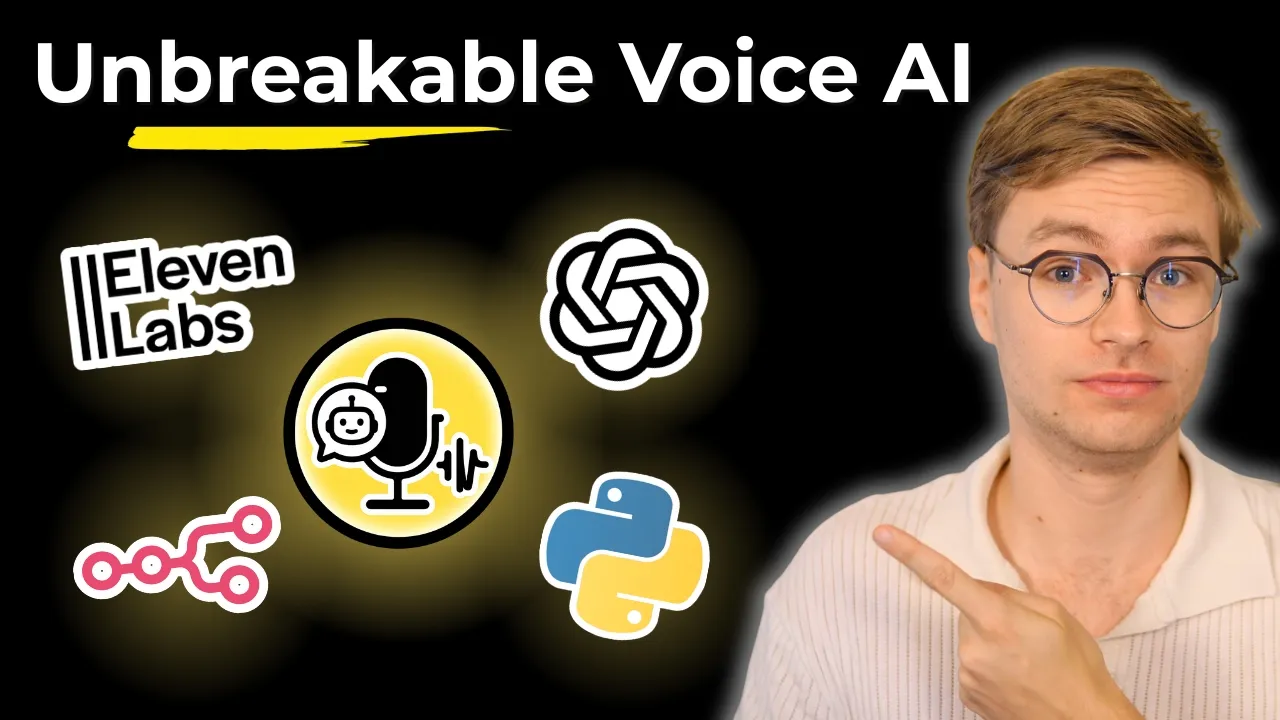AI Voice Agent for Ecommerce Returns
Returns are where ecommerce loyalty is won or lost. Support leaders want automation that answers questions quickly while preserving policy guardrails. Most voice bots fail that test. When the caller adds damage photos, shipping delays, and loyalty points in the same breath, the agent loops back to the original script. You saw that pattern in the video when the bot refused to acknowledge frustration. The moderator loop fixes it by supervising every exchange, comparing progress against a shared checklist, and coaching the agent toward the resolution that keeps customers buying.
Return Calls Demand Structured Memory
Customers expect the agent to recognize order history, SKU policies, and refund timelines. A single prompt cannot juggle that once the conversation stretches. The voice bot forgets to verify identity, misses policy constraints, or promises refunds it cannot deliver. That is how margin evaporates and social reviews tank.
By pairing the agent with a moderator that shares the same system prompt, you give the automation a coach. In the demo, the moderator reminded the agent to acknowledge frustration and capture meaningful feedback. Applied to returns, it steers the agent to confirm order numbers, log product condition details, and recommend the correct resolution path.
Build the Return Policy Checklist
Document the steps support agents follow before approving a return:
- Order verification with approved phrases and multi-factor checks
- Product condition description, defect category, and photo requirements
- Resolution options including refund, exchange, store credit, or replacement
- Next steps such as label delivery, pickup coordination, and loyalty point adjustments
Store this checklist inside the shared prompt so the moderator can flag gaps instantly. When the agent forgets to mention restocking fees, the moderator suggests a targeted prompt instead of replaying the entire script. This structured approach mirrors AI Agent Development Practical Guide for Engineers.
Keep Policy and Empathy in Balance
Customers calling about returns are frustrated but still convertible. The moderator protects the relationship by coaching the agent to:
- Acknowledge the inconvenience without overcommitting
- Explain policy constraints in clear language
- Offer loyalty incentives or human escalation when the customer signals high lifetime value
Those cues transformed the demo call, and deployed at scale they protect average order value while keeping legal teams comfortable.
Turn Return Calls Into Product Intelligence
Structured transcripts reveal which SKUs drive damage claims, where shipments stall, and which loyalty tiers are at risk. Operations can adjust packaging, merchandising can tweak bundles, and growth teams can design save offers. Pair these insights with AI Agent Evaluation Measurement Optimization Frameworks to track impact on return rate, net promoter score, and repurchase velocity.
Pilot Without Risking Peak Season
Start with post-delivery damage reports or loyalty tier calls. Compare moderated conversations to human-led ones, review the moderator coaching logs, and refine the checklist with legal and finance partners. Once the agent matches human performance on policy compliance and satisfaction, expand to broader return categories and after-hours support. Maintain prompt alignment using AI Agent Documentation Maintenance Strategy.
Next Steps
Watch the video walkthrough to see how the moderator packages checklist status, coaching, and suggested prompts. Then adapt the loop to your customer support stack. Inside the AI Native Engineering Community we share ecommerce return scripts, policy mapping templates, and rollout guides. Join us to deploy a voice agent that turns tough return calls into saved sales.

